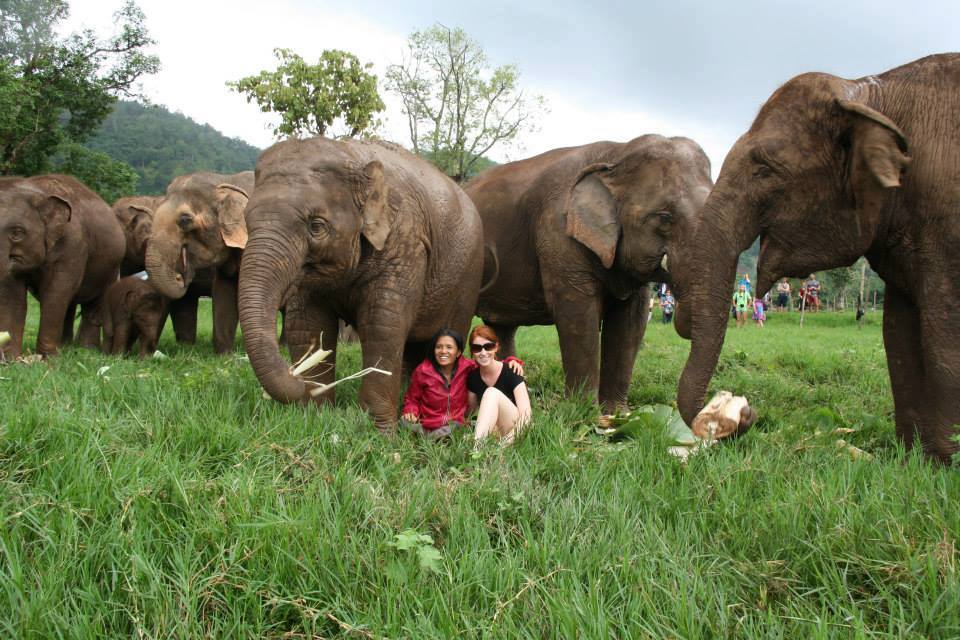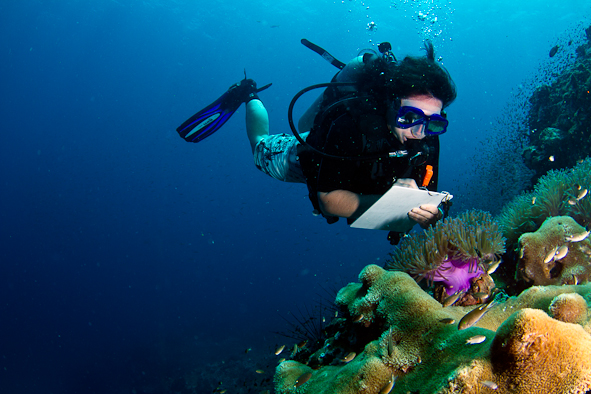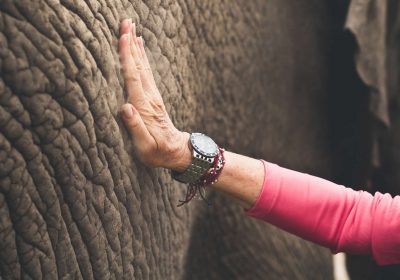 Seeing exotic animals is one of the highlights of many trips overseas. In many countries we are affronted with monkeys in dresses ready to sit on your shoulder, elephants ready to play some basketball or paint you a picture and tigers which seem to be keen for you to pet them and take them for a walk on a lead. Whilst many of us will question this behaviour, the vast majority of tourists will delight in these tricks. We have put together a guide for how you can promote animal-friendly tourism, and how to spot unfriendly tourism.
Seeing exotic animals is one of the highlights of many trips overseas. In many countries we are affronted with monkeys in dresses ready to sit on your shoulder, elephants ready to play some basketball or paint you a picture and tigers which seem to be keen for you to pet them and take them for a walk on a lead. Whilst many of us will question this behaviour, the vast majority of tourists will delight in these tricks. We have put together a guide for how you can promote animal-friendly tourism, and how to spot unfriendly tourism.
How to plan animal-friendly tourism before you go
- Before you go away, make sure you do thorough research on the places that you intend to go. Find out about any animal welfare issues in certain countries, and what you should be aware of. For example, many elephants in Thailand are used for trekking, performances and painting – if you want to see elephants in Thailand, make yourself aware of the best way to do this.
- Ask questions – if animal encounters are offered, how are the animals treated and where did they come from? Is there an animal welfare policy in place? Are the encounters causing the animals any pain or suffering?
- Consider your options. If you wish to do animal-friendly tourism, why not choose a safari so that you can see these animals in their natural habitat? It is far more magnificent to see animals in the wild than doing unnatural things.
- Investigate volunteer travel. If you are passionate about animals, why not combine animal welfare volunteering with your travels? This is a fantastic way to not only make a genuine contribution, but also to promote animal-friendly tourism.
How to enjoy animal-friendly tourism whilst you are away
Whilst you are away and enjoying your holidays, there are some good and simple tests that you can use to check that the animals you are seeing are being well-cared for. Here are just a few suggestions of questions you might wish to ask yourself – and others:
- Is this behaviour natural, or is it cruelty? Lions curling up on a person’s lap may look super cute, but how many times have you seen that happening in a nature documentary? Does that bear really want to dance, or would it prefer to be roaming free in the wild? Considering where the animal would be living in the wild and what it would be doing in the wild are important indicators for how happy an animal might be.
- Does the animal have food and water? Animals that are forced to work long hours in front of tourists need to be well nourished and hydrated. Many animals are grazers, such as elephants who spend about 16 hours per day eating. It is important that natural behaviour is replicated as much as possible in tourist attractions.
- Is there shade and shelter for the animals? Many animals can have adverse reactions to strong sunshine, cold, bad weather – just like people! Check whether the animal has these provisions – remember, the closer that the facilities are to the wild, the better.
- Is the animal suffering? Is the animal in distress? Often you will find that animals look happy and content performing for people, but it is often what happens behind the scenes that is the primary cause for concern. See if you can get a tour of where the animals live and what happens when they are not performing. If you choose to travel as a volunteer, you will have access all areas so that you can really understand how animals are well cared for.
You can learn more about responsible tourism with animals on our animal welfare volunteering project page.





















